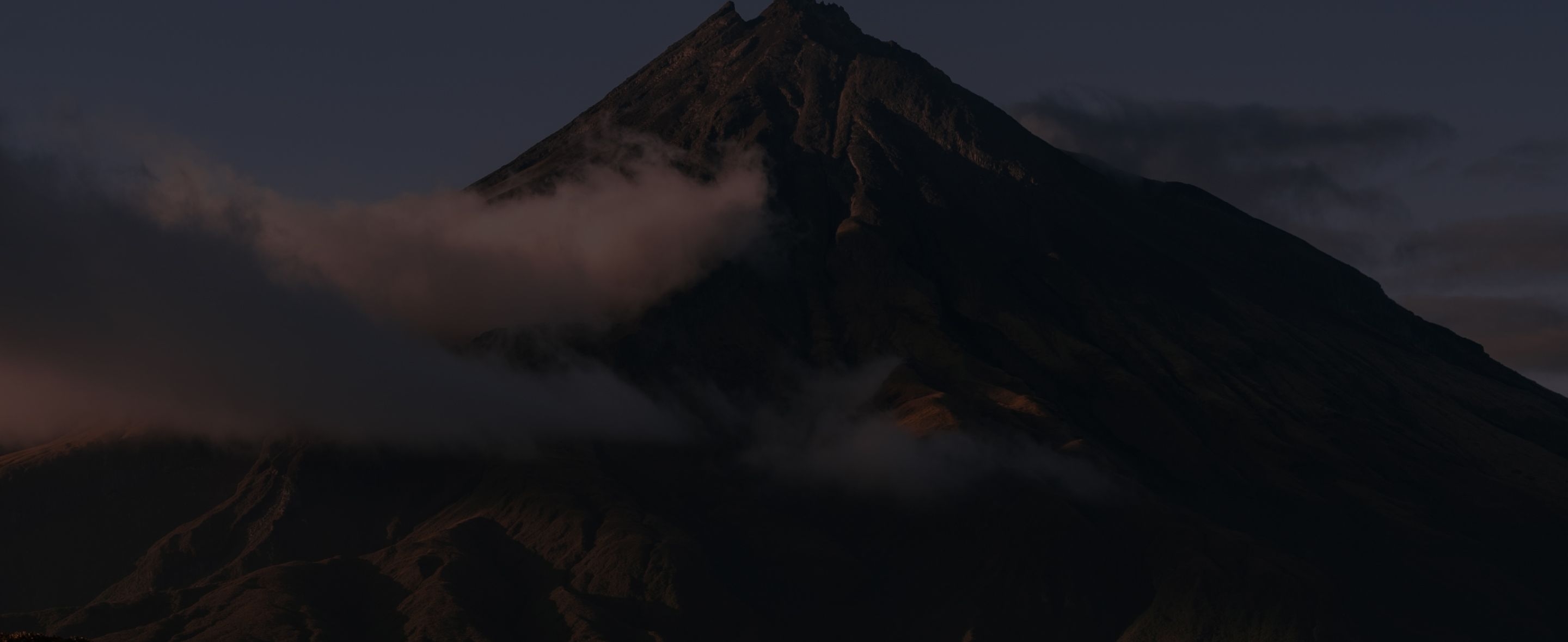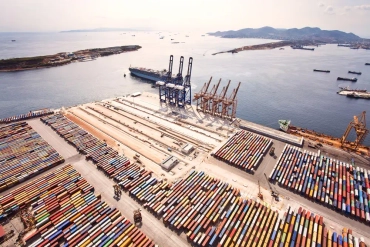
New Zealand’s Top 5 Major Ports



The ports and harbors in New Zealand are a direct result of the influx of early European settlers in New Zealand and trade. The settlers needed places to dock their ships and so they selected the places to settle down based on where they could bring in supplies via the water.
The first ports and harbors were very rudimentary but by 1870, the settlers had organized themselves into a harbor board and engineers built proper harbor facilities. In fact, all the major ports in New Zealand began as small ports that later became enriched by railway lines and the high traffic of ships coming in for trade.
The top five that morphed into massive ports within the country include:
1. Port of Tauranga
This is the largest port in the country. It has the largest total cargo volume and also container throughput. The container volumes in this port exceed 950,000 TEUs (twenty foot equivalent units) - the reason that this port is popular and super sized is because it’s central to strategic commodity sources.
The port is a natural waterway protected by the Matakana island and Mount Maunganui. On the Mountain side there are 12 berths which serve the general harbor needs including catering to cargo like wood, liquids and coal. The island side has 3 berths that cater to the containers including refrigerated products.
Tauranga port infrastructure is an instrumental part of the economy for many people in the region and the immediate community. From fishing services to tourism and sport events there are many ways people around the port benefit from its existence. The annual revenue of the port increased by 10% because of subsequent increases in sectors within the port like log exportation, imports, and general exports in 2019.
2. Port of Auckland
This port is run by the Port of Auckland limited (POAL) which is the company that runs the Auckland’s cruise ships and commercial freight services. The Auckland port is an amalgamation of several ports and harbors which were acquired or reclaimed over the years west of point Campbell and Queen street.
Auckland harbor board built the Fergusson container terminal to cater to international trade. The port is 55 hectares of wharves which are designated storage areas. Among the wharves that make up the Auckland port are Captain Cook wharf, Queens wharf, Princes wharf, Bledisloe wharf, Freyberg wharf, Jellicoe wharf, Marsden wharf, Fergusson wharf and Wynard wharf.
The port of Auckland is committed to producing zero emissions by the year 2040. Because of this commitment the port will be acquiring the first full size completely electric port tug fitted with a bollard pull of 70 tonnes.
Over 170,000 jobs in the city of Auckland and its environments rely on the Auckland port trade. It’s Australia’s busiest port and has the third largest container terminal. The revenue from the port rose to $248.1 million in 2019.
3. Port of Wellington
The Wellington port is New Zealand’s most strategically placed port for international trade. The naturally sheltered harbor is located on the southern tip of the country. Being in the capital city of New Zealand means that there is a lot of traffic into and out of this port including inter-island ferry services, the tanker terminal, and the container terminal. Historically it was known as Port Nicholson until the name was converted to Port Wellington in 1984.
There are conventional wharves that operate separately from the container terminal which is fitted with the most sophisticated and modern facilities. It also has a dedicated international cruise ship terminal and an area for container repair and storage.
The revenue in the Port of Wellington suffered a major setback because of the major earthquake. However, a variety of factors including the cruise ship season which is marked by many cruise ships making their way into the harbor is starting to turn things around.
4. Napier Port
Named after the city of Napier in Hawke Bay this port is run by Port of Napier limited. It plays host to several cruise ships every year and it has the fourth biggest capacity to hold containers in New Zealand after Tauranga, Auckland and Lyttelton. By expanding its wharves to six, Napier port is able deal with the continuous growth in the shipping industry.
Napier port made a profit of 17.6 million in 2019. The new wharf is aimed at attracting even more volumes and bigger vessels. Combine the expansion of the port and its currently capability as the fourth largest container terminal in New Zealand and this port is prepping to be a huge competitor to other world renown ports.
5. Lyttleton port
Lyttleton port is the largest port from the south of New Zealand. This port first established itself as a landing place for ChristChurch sea voyagers. It’s the meeting point for cruise ships and for ships carrying goods. From all the cargo that makes its way into the port, 61% is imports and 34% is exports.
The port of Lyttleton has always been part of the Maori culture and was previously called port Copper and Port Victoria. It has yielded coal for over a century and now it provides LP gas and has for the past 50 years. This makes it the port for energy shipments out of all the five ports.
The imported volumes at the port increased by $4.75 billion and the exports grew by 5.63 billion in 2019.
Related Articles


